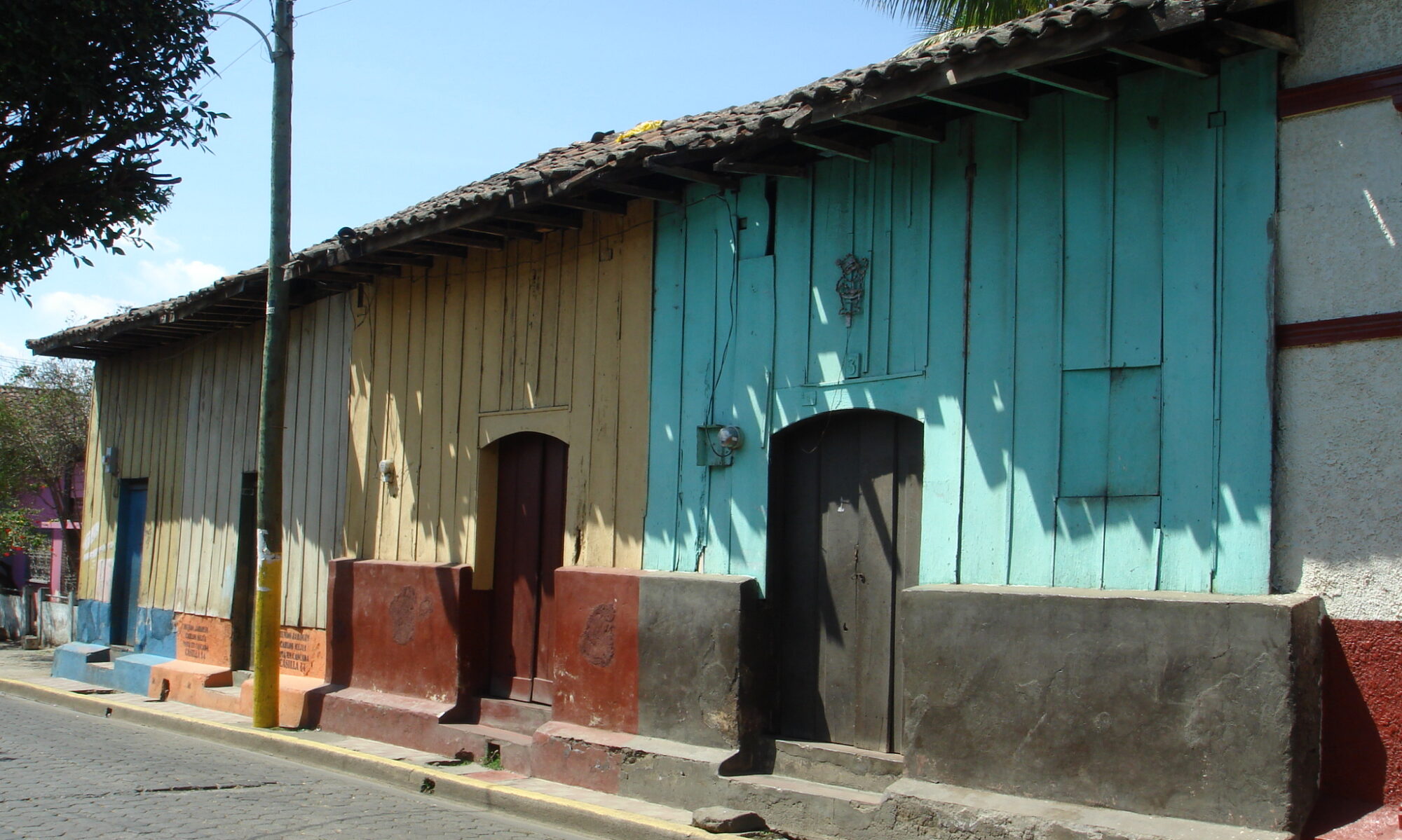by Rafaela Cardoso, Mario Lopes, Rita Bento, Dina D’Ayala Pombalino buildings (see Figures 1, 2, 3 and 4) are historic masonry buildings that can be identified by the presence of a three-dimensional timber structure (named “gaiola pombalina”), which is enclosed in internal masonry walls above the first floor. The roofs are built with timber trusses …
Continue reading “Report # 92 : Historic, braced frame timber buildings with masonry infill (‘Pombalino’ buildings)”
by Maria D. Bostenaru This is an urban high-rise, built in Romanian cities, especially in Bucharest, during the Communist era. Romania is known as a seismically prone area. The epicenter of damaging earthquakes is near Vrancea and can affect half of the country at one time. Earthquakes higher than magnitude 7.0 on the Richter scale …
Continue reading “Report # 87 : Block of flats with 11 floors out of cast-in-situ concrete, gliding frameworks”
by Maria D. Bostenaru, Ilie Sandu This is a post-World War II variant of the well-known Romanian ‘inter-bellum’ building. This urban housing construction was practiced in Romania over a rather short period of time after World War II until nationalization in 1947. Buildings of this type are still in use, mainly as apartment buildings. They …
Continue reading “Report # 71 : Reinforced concrete frame structure with diagonal bracing and brick infill walls”
by Maurizio Leggeri, Giuseppe Lacava, Eugenio Viola This building type is commonly used for multifamily housing in urban areas of Italy and is particularly common in the region of Potenza (Basilicata). Prior to 1981, this region was not included in the official seismic zonation map of Italy, in spite of the historical evidence. However, after …
Continue reading “Report # 30 : Reinforced concrete frame building”
by Dina D’Ayala, Elena Speranza, Francesco D’Ercole This single-family housing type, found throughout the Central Italy (Centro Italia) mainly in hill towns and small cities, is typically built on sloped terrain. A typical house is 3 stories high, built between two adjacent buildings with which it shares common walls. The main facade of the house …
Continue reading “Report # 29 : Single-family historic brick masonry house (Casa unifamiliare in centro storico, Centro Italia)”
by Dina D’Ayala, Elena Speranza These buildings form the historic centers of most hilltop villages and towns in central Italy. They are arranged in long terraced clusters. Hillside dwellings have common walls and a variable number of stories (up to 2 or 3). Buildings situated in the valley usually have 4 or 5, with a …
Continue reading “Report # 28 : Single-family stone masonry house”
A revised and improved version of the adobe tutorial is also now available for download at this page: https://www.world-housing.net/tutorials/adobe/tutorials In addition to the revised adobe tutorial in English there are also several additional tutorials endorsed by the WHE on strengthening adobe with geomesh, available in English and Spanish, including a trainers’ guide on using geomesh …
Continue reading “Revised Adobe Tutorial”
Each housing report is a detailed description of a housing type in a particular country. The description is prepared from a number of standard closed-ended questions and some narrative that have been provided by report authors. Each report has ten major categories, including general information, architectural features, socio-economic issues, structural features, evaluation of seismic features, …
Continue reading “Housing Reports”
TUTORIALS | HOUSING REPORTS Stone masonry is a traditional form of construction that has been practiced for centuries in regions where stone is locally available. Stone masonry has been used for the construction of some of the most important monuments and structures around the world. Buildings of this type range from cultural and historical landmarks, often built …
Continue reading “Stone Introduction”
TUTORIALS | HOUSING REPORTS LINK: Confined Masonry Network is dedicated to promote seismically safe and economical housing worldwide by bringing quality confined masonry into the design and construction mainstream. Confined masonry is a technology that, if built correctly, performs very well in earthquakes. It uses the same basic materials of concrete and brick that are found in …
Continue reading “Confined Masonry Introduction”

